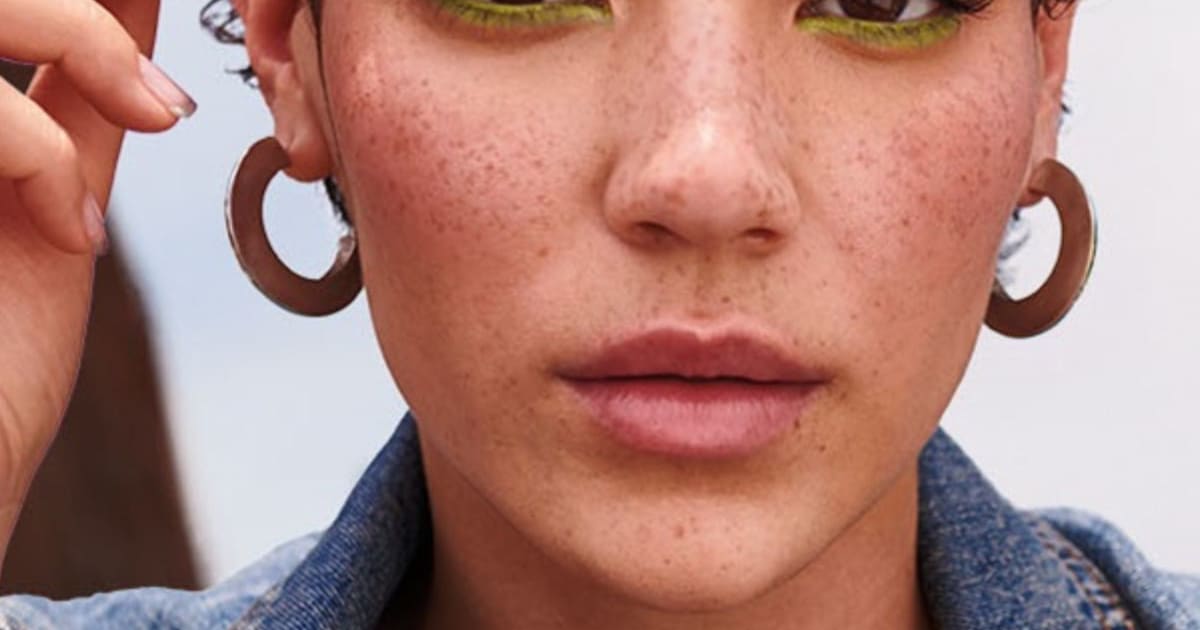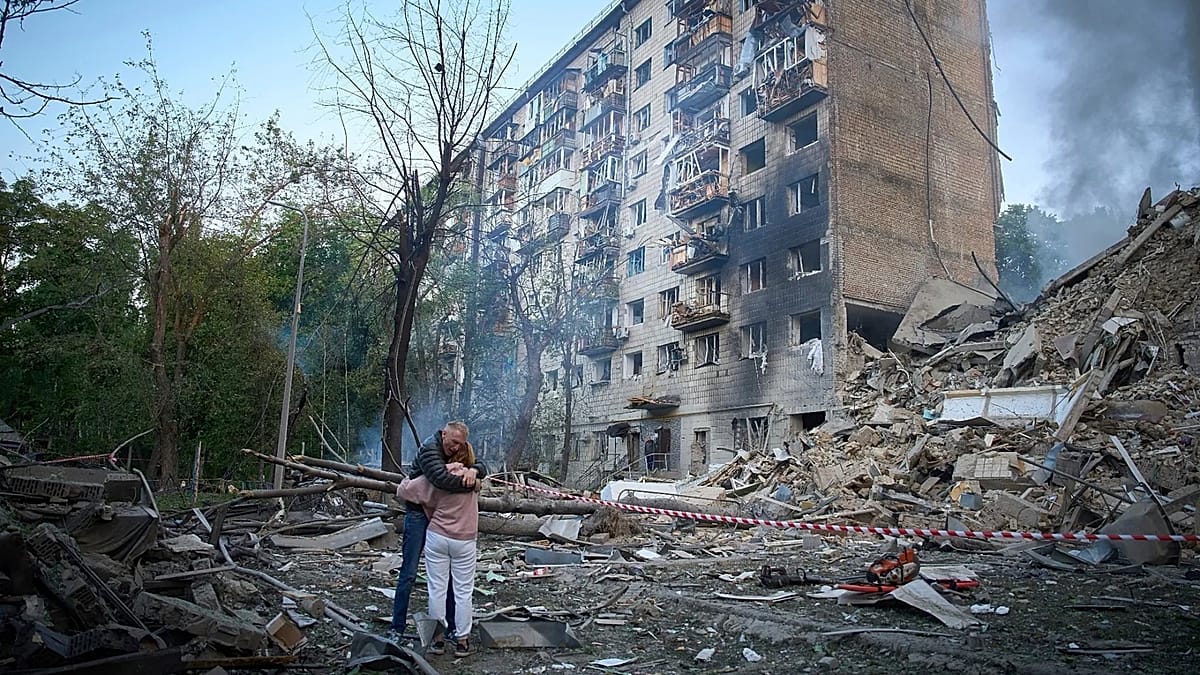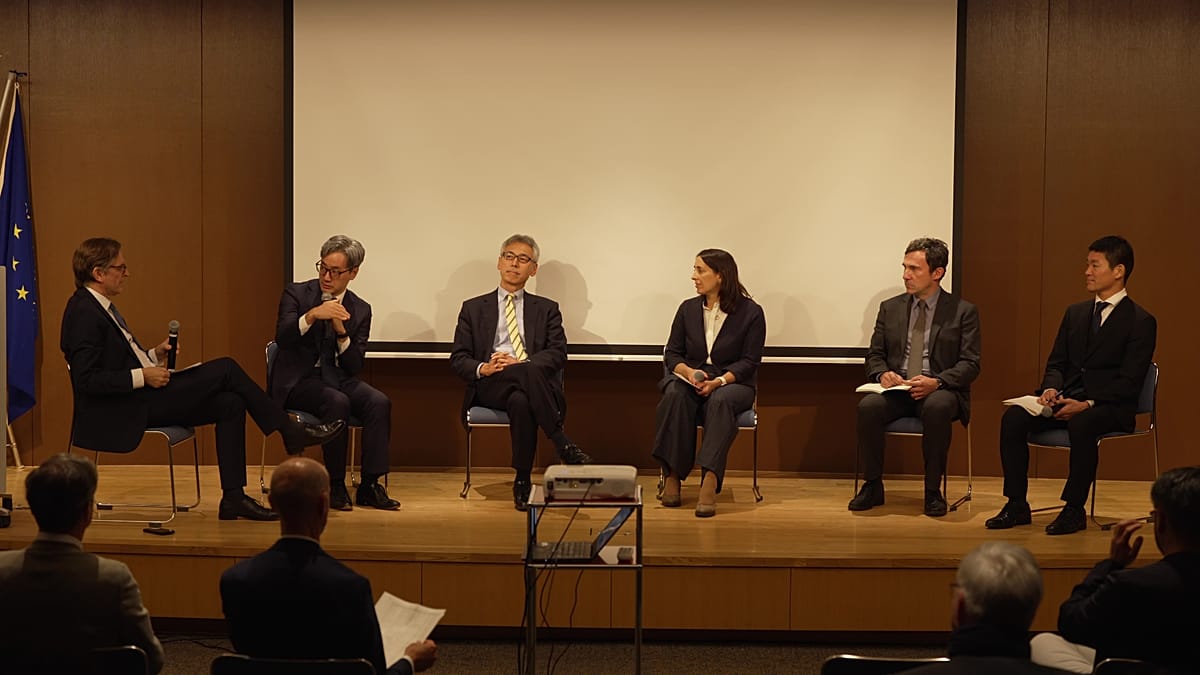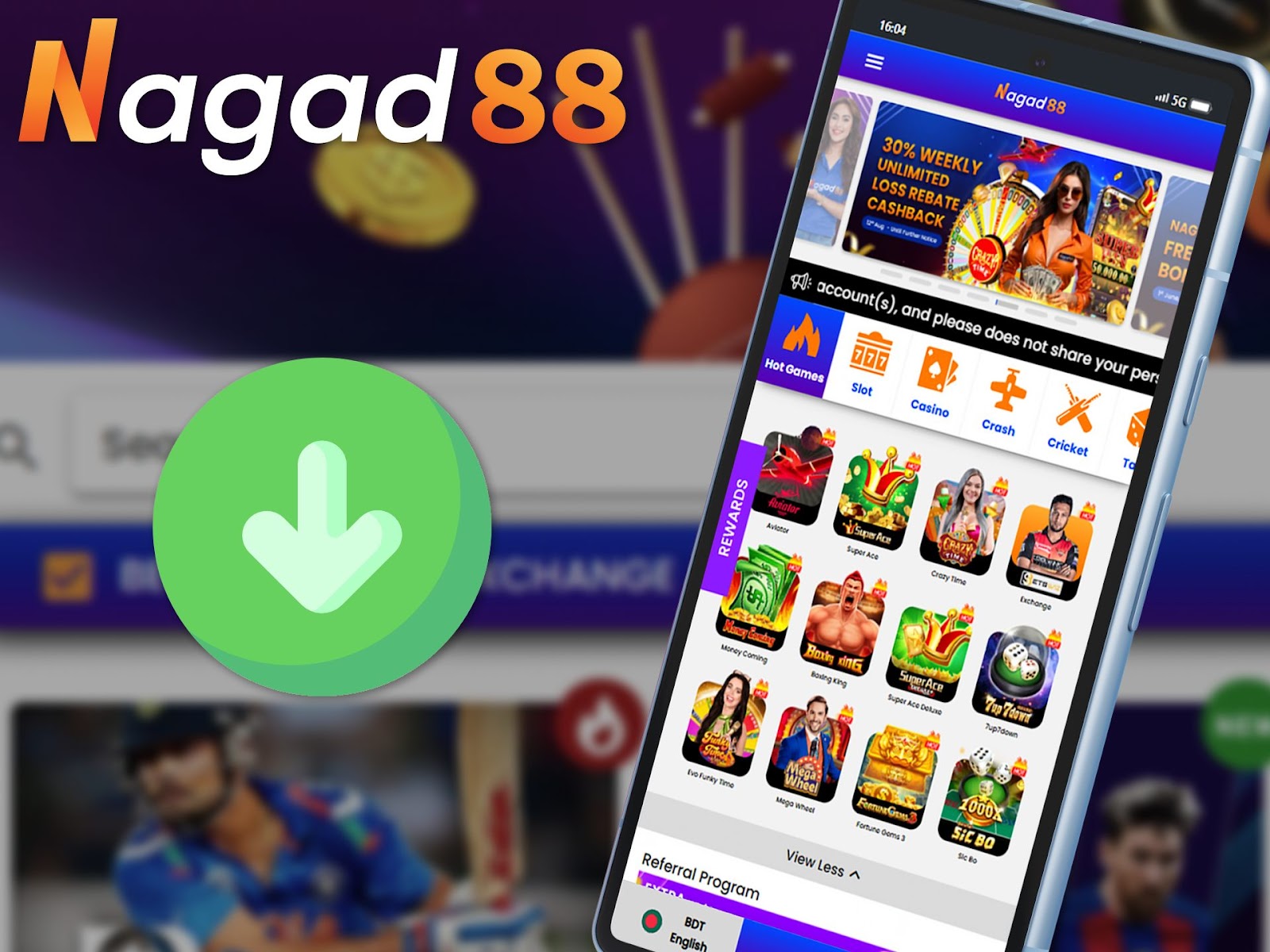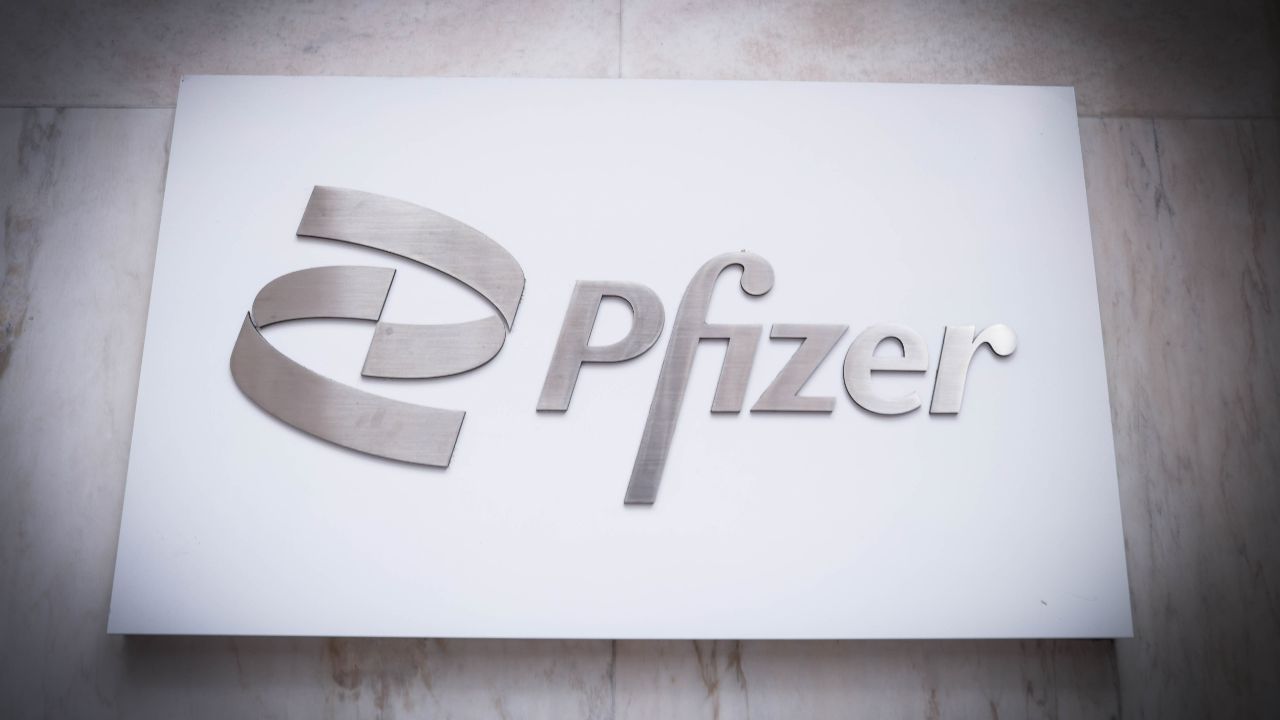From concept to сompletion: Top 5 AI tools that will simplify designers’ work in 2025

In 2025, many industries continue to adapt to widespread digitalization, with the design world leading the way. From complex web architectures to microscopic details in mobile interfaces, the speed and quality of a designer’s work have become critically important. In this context, artificial intelligence (AI) has shifted from being a futuristic concept to an indispensable professional tool.
Today, many people seek ways to optimize processes and increase efficiency – whether analyzing data for complex financial decisions or making split-second bets on platforms like 1xBet. In both cases, technology plays a pivotal role. Gamers rely on analytical tools to make instant, data-driven decisions, just as designers turn to AI to maintain not only speed but also creative excellence. The average product development cycle has dropped from six months in 2020 to just 3.5 months in 2025, demanding unprecedented speed and multitasking from designers.
The use of AI in design processes has become more than just a trend – it’s now a competitive advantage. According to consulting firm DesignTech Insights, by the end of 2025, studios that actively integrate AI tools are expected to see project profitability increase by 22%.
This article highlights a current list of the five leading AI tools that have already become must-haves for modern designers in 2025. These technologies don’t just speed up workflows – they redefine the creative process itself, shifting the focus from mechanical execution to strategic thinking.
Adobe Firefly 3.0: image generation and stylization
In 2025, Adobe Firefly, integrated into the Creative Cloud ecosystem, became the industry standard for generative graphics. Version 3.0 surpasses its predecessors with enhanced photorealism and greater control over composition. Key features and their impact:
- “Controlled Structure” Feature: When a designer uploads a sketch, the AI automatically refines it while preserving the placement and perspective of all key elements from the original layout. This solves the “lottery” problem of generative models, where results often didn’t match the initial concept.
- 3D Texture Generation with PBR: Designers can create seamless PBR (Physically Based Rendering) textures for 3D models – such as realistic metal corrosion or wood grain – reducing asset preparation time for AR/VR and gaming projects from weeks to minutes. For example, typing “rusty cast iron with oil stains” instantly generates ready-to-use Albedo, Normal, and Roughness maps.
- “Prompt-to-Vector”: Vector illustrations can now be generated directly from text prompts and are immediately editable. This system delivers higher-quality and more accurate results compared to previous models, with generated vectors ready for use in Adobe Illustrator.
- Enhanced Inpainting and Outpainting: Image-filling and expansion tools now produce results virtually indistinguishable from original photos. Designers use these features to adapt images for unconventional ad formats or extend backgrounds for web banners, saving up to six hours of complex retouching per project.
These improvements allow designers to seamlessly integrate generated images into their projects. Firefly 3.0 eliminates the “blank canvas” problem, transforming text prompts into high-quality, legally usable content. AI reduces concept creation time from 45 minutes manually to just 3 minutes.
Figma AI (Code Generation & Component Scaling)
For UI/UX designers, Figma has introduced a powerful AI that bridges the gap between design and code. Figma has evolved from a simple layout tool into an intelligent environment for creating fully functional prototypes.
Key features and their impact:
- AI Annotation and Code Generation. The tool can generate clean, readable code (such as React, Vue, or Swift UI) directly from a Figma design. It adheres to design system rules with up to 90% accuracy, producing structured code that significantly aids developers. According to DevReport 2025, this allows developers to build layouts 75% faster.
- Adaptive Scaling. The AI automatically adjusts designs and components for any screen size – desktop, tablet, or smartphone. It ensures elements are properly sized, information is logically ordered, and readability is optimized. What once required manually creating multiple page versions now happens instantly with the “Generate Layouts” command.
- Accessibility Analysis 3.0. The assistant reviews layouts and recommends improvements, enhancing contrast, font sizes, and focus order for accessibility compliance. It ensures adherence to WCAG 3.0 standards while reducing audit time by fivefold.
- Smart Component Management. The system automatically suggests merging repeated elements into master components and detects deviations from the design system, offering fixes to maintain consistency.
Figma AI transforms designs into dynamic, living artifacts that are already semi-production-ready. This frees UX designers to focus on user psychology and testing, rather than routine work.

Looka 2.0: smart brand identity creation
Since 2025, Looka 2.0 has evolved from being just a logo generator to a full suite of tools for building complete brand identities. The platform leverages a neural network that analyzes current design trends, considers the psychological impact of colors on audiences, and monitors competitors’ strategies.
Key features and their impact:
- “Brand-DNA” analysis and color psychology. Looka analyzes data from a brand questionnaire covering values, target customers, and competitors. Based on this analysis, it generates detailed recommendations for the brand’s color palette, style, and archetype. The system identifies which colors evoke the desired emotions in the target audience – for example, blue for “trust” and orange for “energy.”
- Extended brand guidelines generation. Automatically create a full-featured brand book in under five minutes, including logo usage rules on different backgrounds, web and print typography, pattern examples, and mockups for merchandise – from mugs to vehicles.
- Dynamic adaptation. The tool can adapt logos for various marketing needs and platforms, such as generating an animated logo for social media or an optimized black-and-white version for fax and print.
- Trademark clearance analysis. The built-in AI module performs a rapid check for similarities with existing trademarks, reducing the risk of legal disputes.
Looka 2.0 helps freelancers and small studios quickly create high-quality branding. The process of developing a brand identity has become faster and more accessible. What used to take three weeks can now be completed in just three days.
Spline AI: on-demand 3D design
3D visuals are essential for modern websites and user applications, especially for creating depth effects (like parallax) and interactive elements. Spline AI makes 3D modeling far simpler and faster than before, allowing users to generate 3D scenes and animations using simple text commands.
Key features and their impact:
- Text-to-3D Object & Scene. Users can input prompts like “low-poly flying drone in cyberpunk style, neon-lit,” and Spline generates an editable 3D model with materials, camera, and lighting preconfigured. This instantly brings 3D modeling out of the niche-skill category.
- Physics Simulation and Interactivity. The AI automatically sets up basic scene physics (gravity, collisions) and generates code for web interactions (e.g., an object that spins when hovered over). This is crucial for creating realistic, interactive web elements.
- Export to WebGL/Three.js and R3F. Optimized code can be exported instantly, ready for website integration, with minimal file size. Designers previously spent up to 40% of their time manually optimizing 3D assets – now it’s no longer necessary.
- Styling Library. Users can quickly apply any style from an extensive catalog to their 3D models, such as “Pixar style” or “Neo-Brutalism,” instantly transforming the overall look and feel of the scene.
Spline AI effectively simplifies 3D modeling, making it accessible to anyone involved in web and interface design. Whereas adding a dynamic, high-quality 3D object to a website used to take days, it now takes just a few hours.

Midjourney 7.0: artistic visual design
Originally launched as an art image generator, Midjourney 7.0 (2025) now includes features that make it a powerful tool for conceptual design and storyboarding.
Key features and their impact:
- “Consistent Character” Mode (CCM). This tool allows the creation of multiple images without altering the character’s appearance. All images retain the character’s unique features, proportions, clothing, and expressions. It’s especially useful for advertising or visual storytelling, where the character must remain easily recognizable.
- Scene Blending and Prompt Weighting. The tool can “blend” up to five different images while preserving key elements from each, and it allows precise adjustment of the weight of each element in the prompt. This is ideal for creating complex photo collages or highly detailed environment concepts.
- Brand-Style and Color-Code Styling. Users can upload a color palette (HEX/RGB) and company fonts so that Midjourney generates images perfectly aligned with the brand’s visual identity. This ensures consistent visual content.
- “Drafting Mode.” A super-fast, low-quality generation mode (under 10 seconds) designed purely for brainstorming and testing bold ideas before moving on to high-quality rendering.
Midjourney 7.0 is used by designers not only for final images but also for rapid conceptual testing of ideas. It allows them to visualize dozens of variations in mood, atmosphere, or style within minutes for client presentations, reducing the concept approval cycle by 30%.
Comparative analysis
For clarity, a straightforward comparative analysis is provided to illustrate the impact of AI tools on the key stages of a design project.
| AI Tool | Main Function | Time Saving |
| Adobe Firefly 3.0 | Generation of photorealistic 2D/3D assets | Up to 95% |
| Figma AI | Code generation from UI mockups, adaptation | Up to 90% |
| Looka 2.0 | Creation of complex corporate identities | Up to 80% |
| Spline AI | Generation of interactive 3D objects | Up to 98% |
| Midjourney 7.0 | Creation of sequential art concepts | Up to 90% |
In 2025, AI tools have shifted 50–70% of routine tasks from designers to algorithms. As a result, a typical designer at a large IT company can now complete 15–20% more projects annually. This allows them to dedicate more time to testing, data analysis, and developing overall strategies.
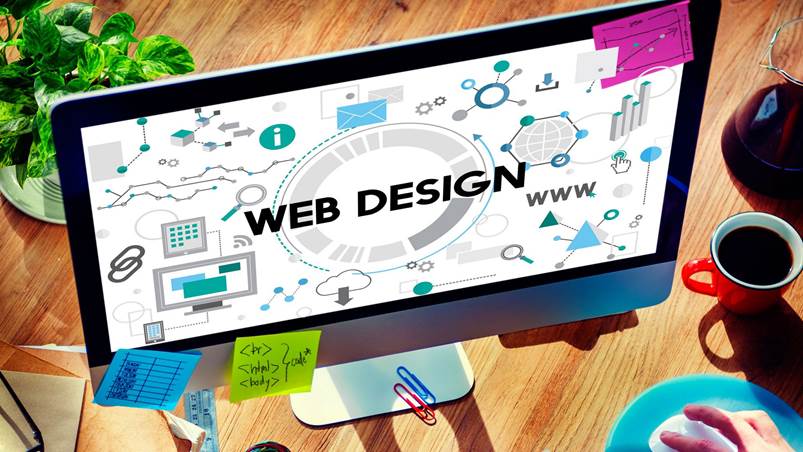
All of these technological advancements make a designer’s work more valuable. Today, a designer acts not only as a creator of visually appealing work but also as an expert who manages artificial intelligence (AI) tools. This enables them to deliver functional and effective solutions. In 2025, the ability to work with AI tools is no longer just an advantage – it has become a necessity for staying competitive in the market.
The post From concept to сompletion: Top 5 AI tools that will simplify designers’ work in 2025 appeared first on Ten Sports TV.



















